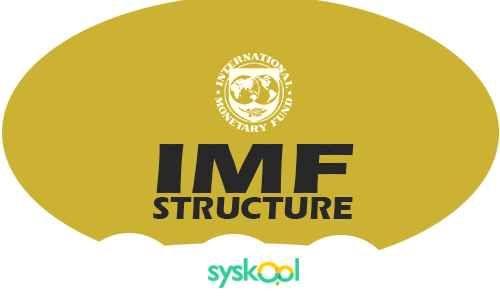To achieve its purpose, the International Monetary Fund (IMF) has the code of economic behaviour for its members. It makes financing available to members in balance-of-payments difficulties and provides them with technical assistance to improve their economic management. The International Monetary Fund (IMF) has member countries, accounting for about four-fifths of total world production and 90 percent of world trade. Member countries undertake to collaborate with the fund and with each other to ensure orderly exchange arrangements and a stable system of exchange rates. A multilateral system of payment is fostered that is free from restrictions and thus promotes balance in the payments among countries.
Pool of Financial Resources
The fund maintains a large pool of financial resources. These are made available – temporarily, and subject to conditions – to member countries to enable them to carry out programs to remedy their payments deficits without resorting to restrictive measures that would adversely affect national or international prosperity. As members make repayments to the fund, its resources are used on re-solving basis and are continuously available to countries facing payment difficulties.
Read Also: International Monetary Fund (IMF)
Regular Consultation
To enable the fund to carry out its policies, member countries continuously support a broad range of economic and financial information and the fund consults regularly with each member countries on its economic situation. The fund is, therefore, in a position to assist members in devising corrective steps when, or preferably before, problems arise in their balance of payments.
Special Drawing Rights
The fund is particularly concerned with global liquidity, that is, the level and composition of the reserves that members have available for meeting their trade and payments requirements. In 1969, the fund was given the responsibility for creating and allocating Special Drawing Rights (SDRs), the only worldwide reserve asset established by international agreement.
Monetary Forum
The fund helps members to coordinate their national economic policies internationally. In effect, it provides a permanent international monetary forum. The focus of the fund is not only on the problems of individual countries but also on the structure of the international monetary system and on the development of policies and strategies through which its members can work together to ensure a stable world financial system and continuing economic growth.
Must Read: Monetary Policy
Surveillance
In order to carry out its responsibilities, the fund exercises surveillance over the exchange rate policies of members provides principles for the guidance of members’ exchange policies and has established procedures by which it exercises surveillance. These principles and procedures are designed to identify and encourage the correction of inappropriate exchange rate policies.
Must Read:
Indian Change Agent Sampriti featured in Forbes Magazine 30 List
Real Estate Regulatory Bill 2016
Government to Appoint New Governor of Reserve Bank of India (RBI)



